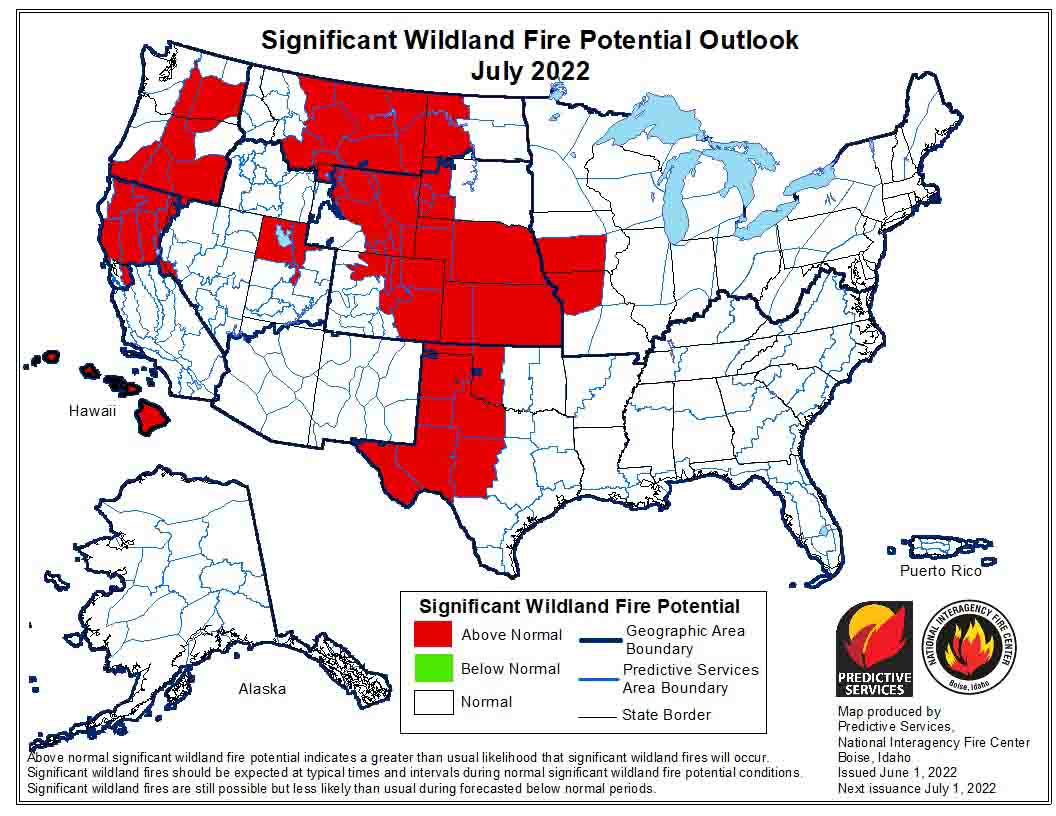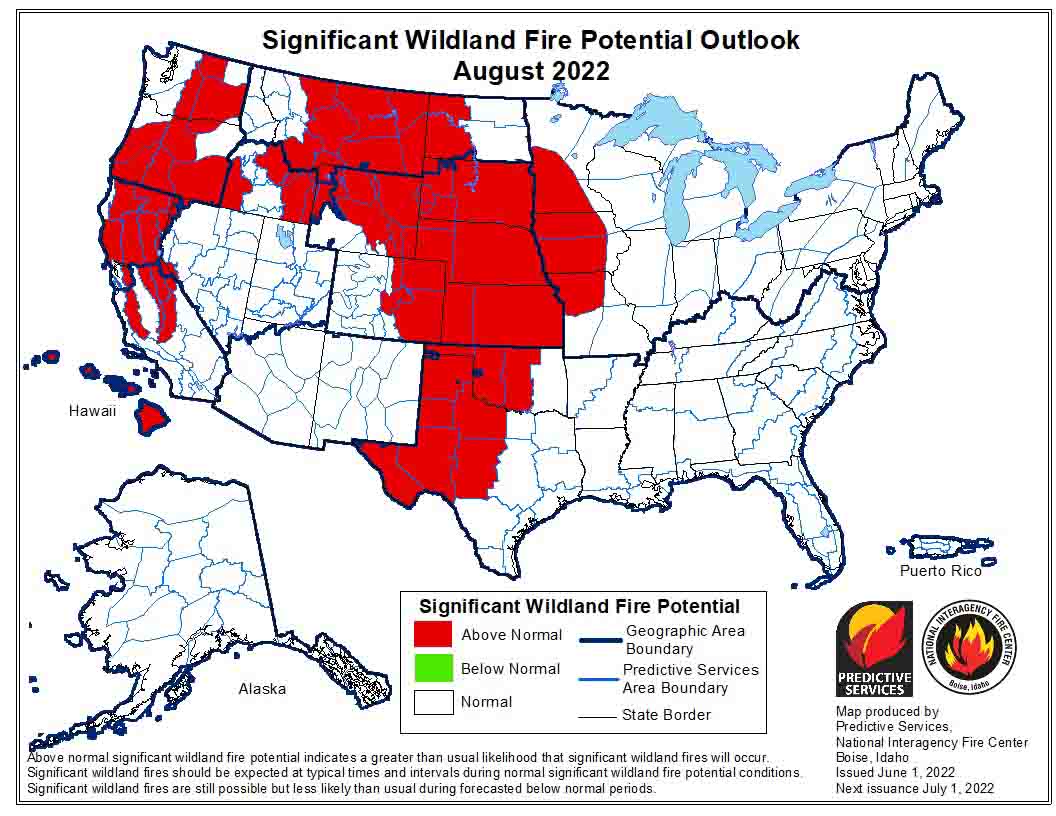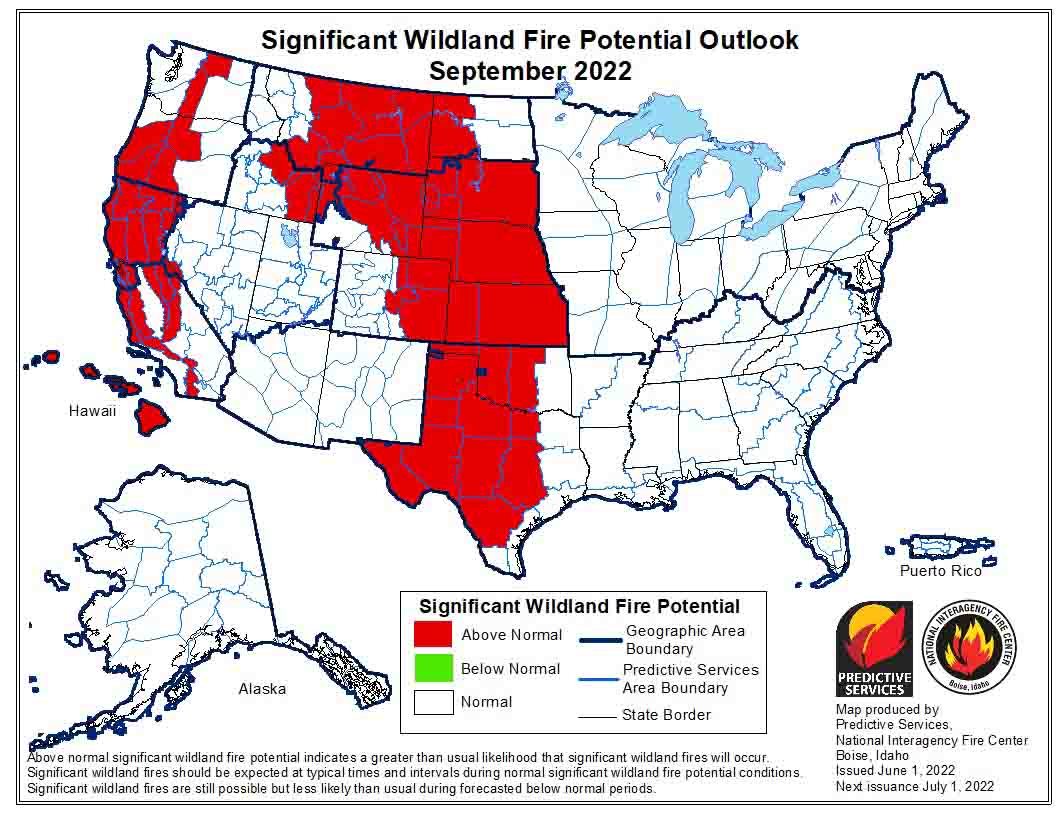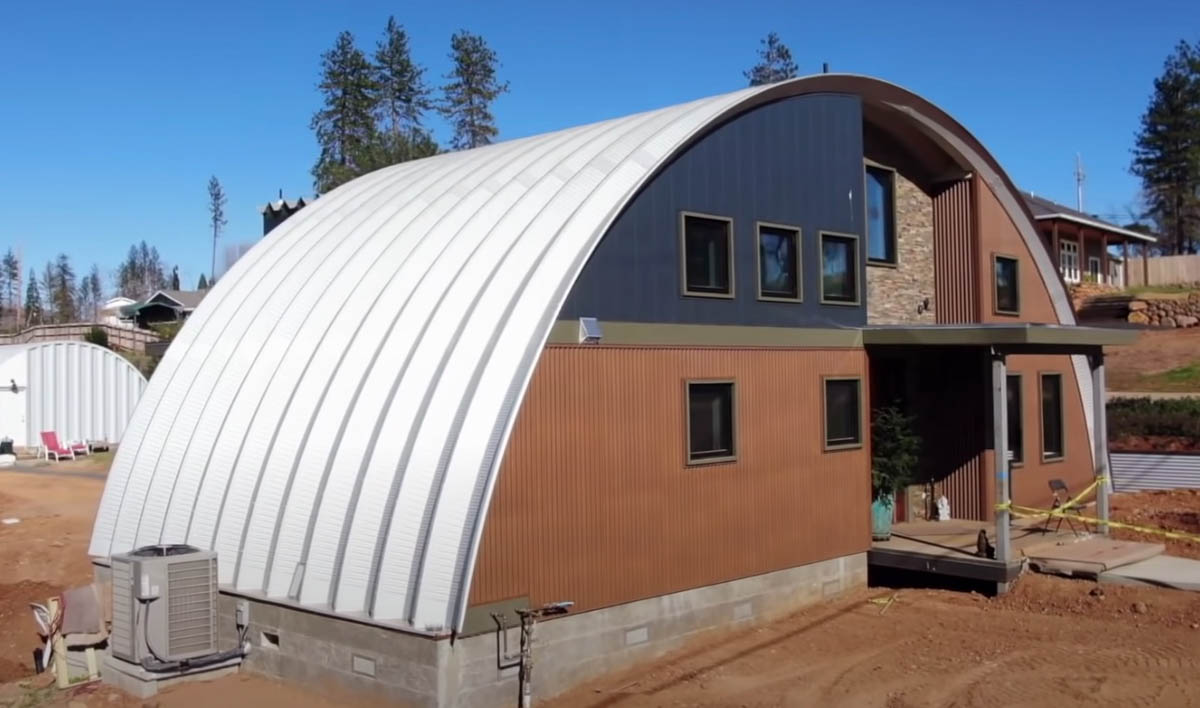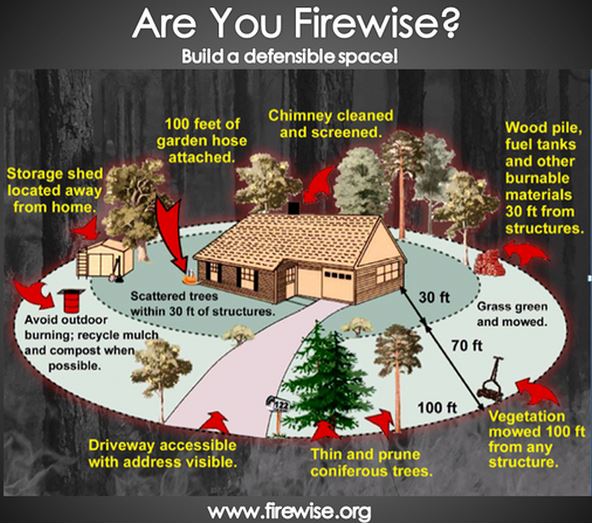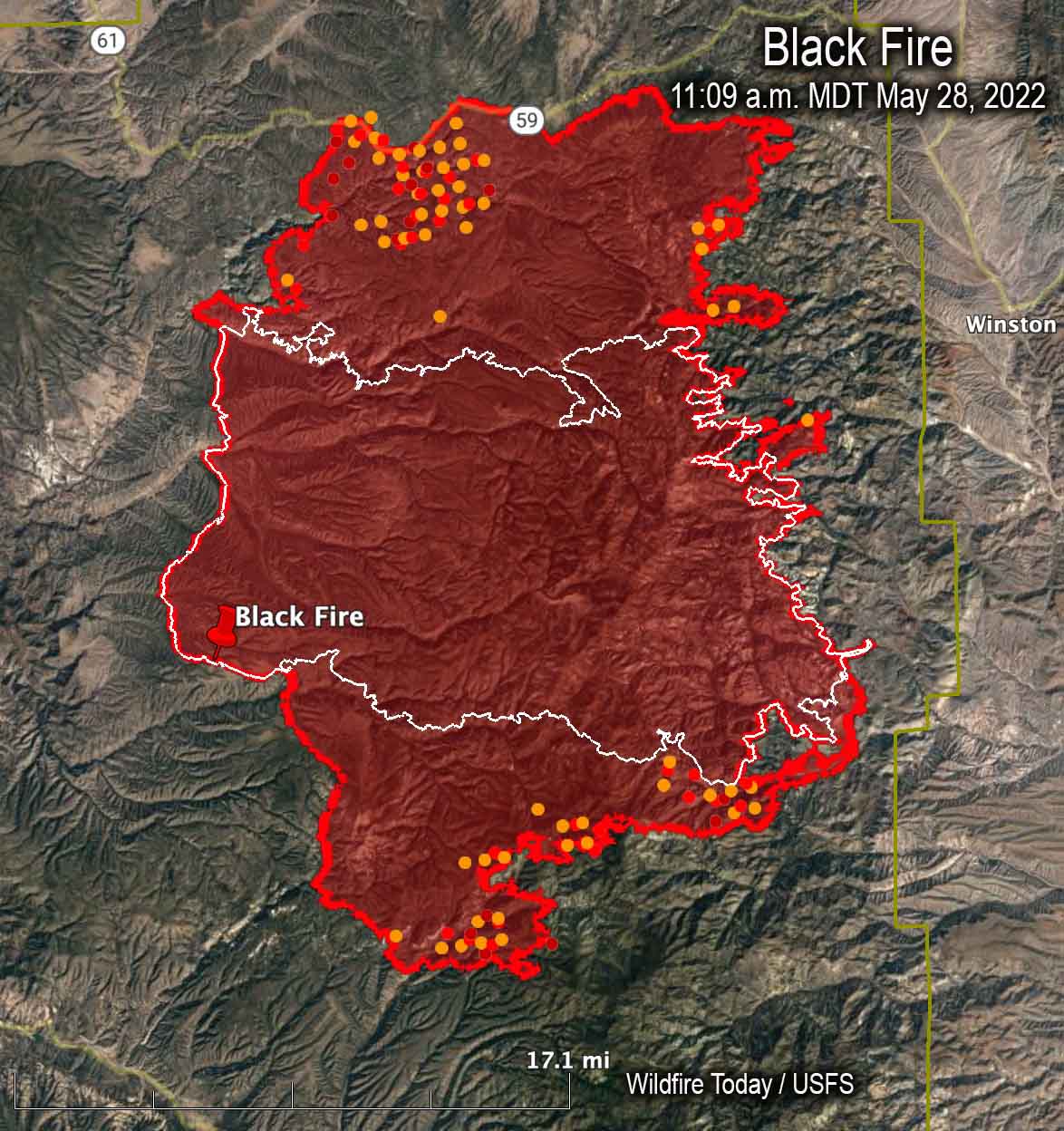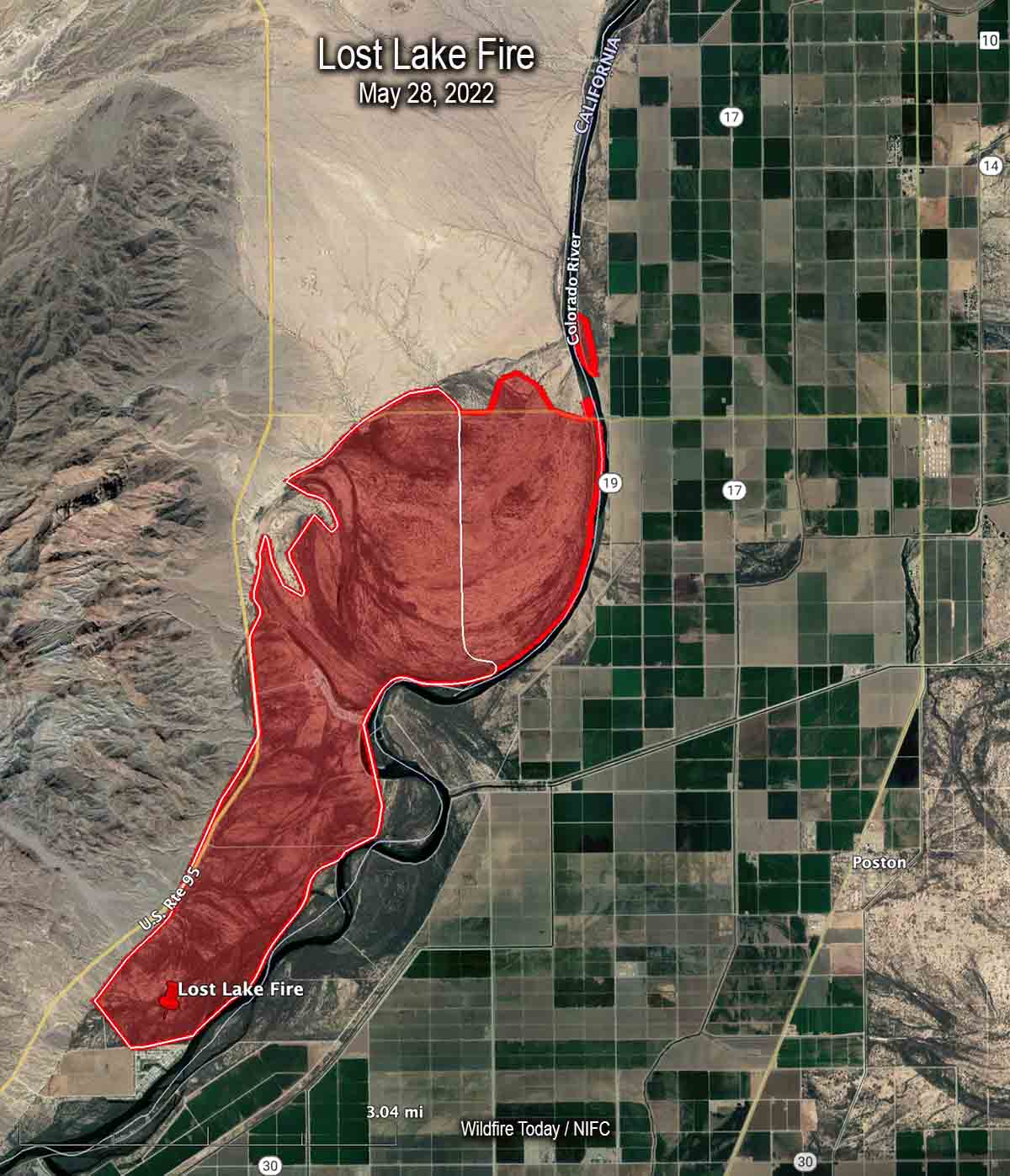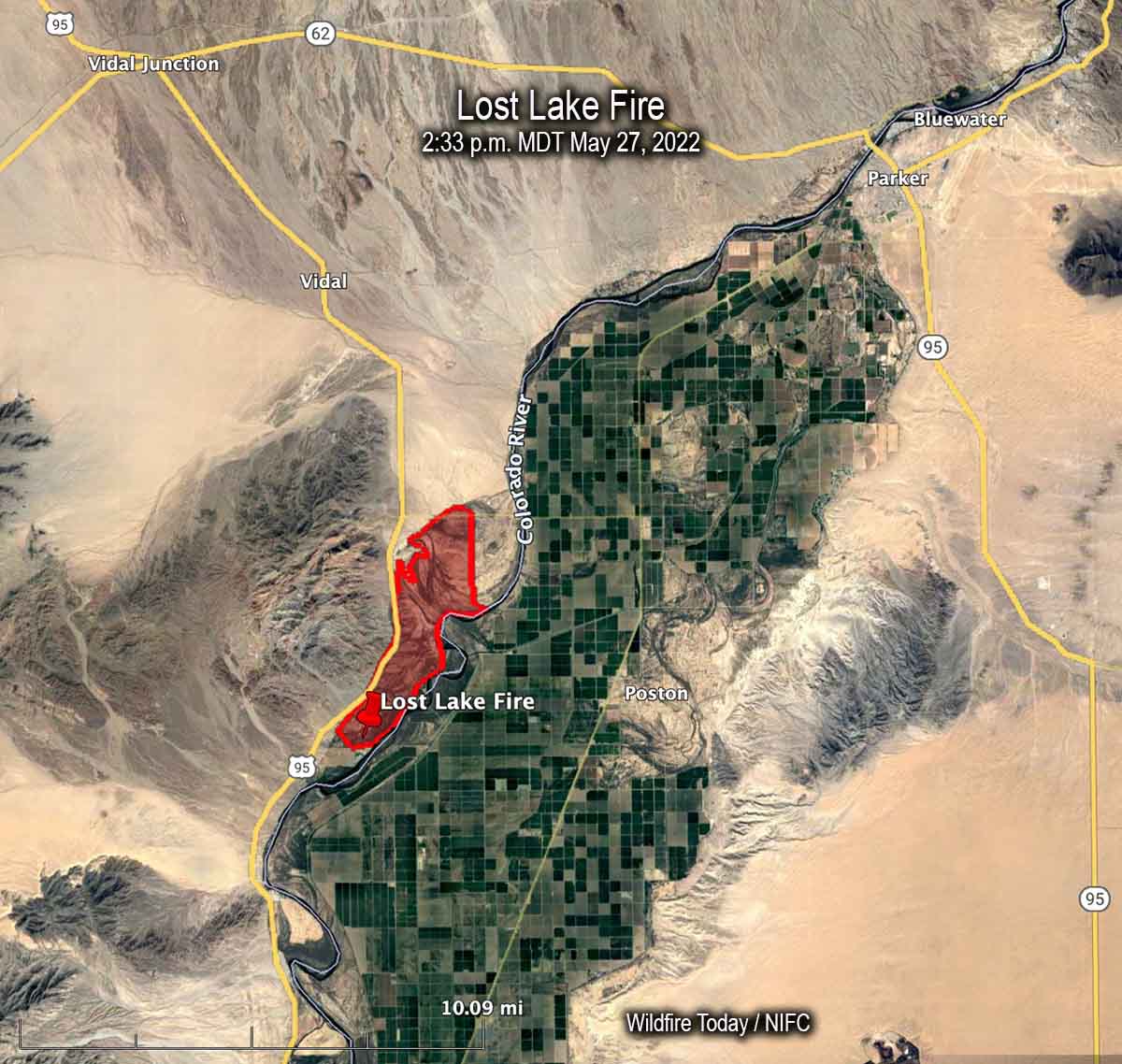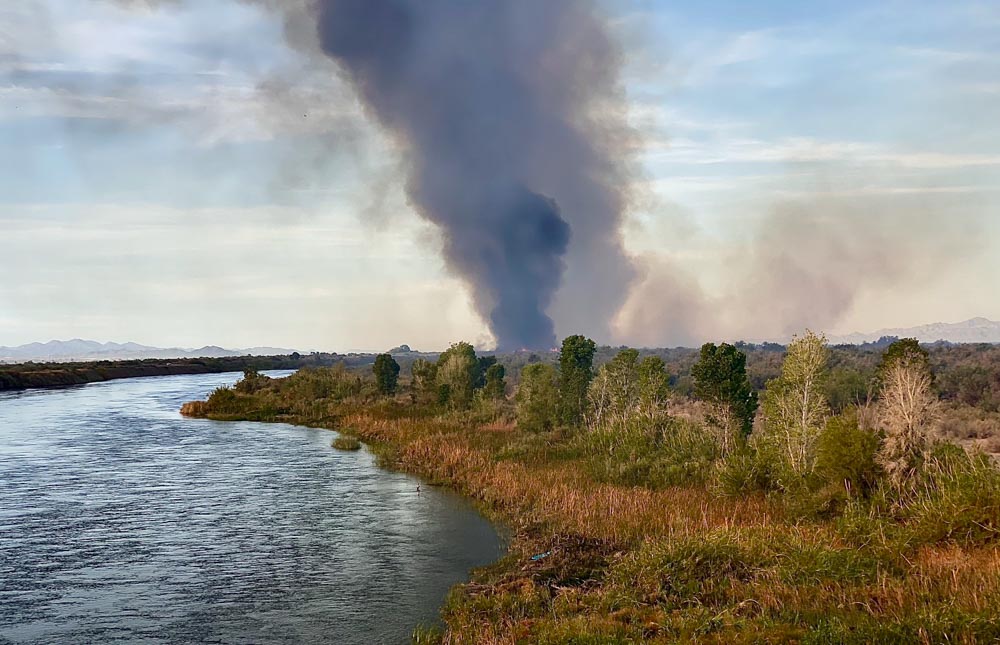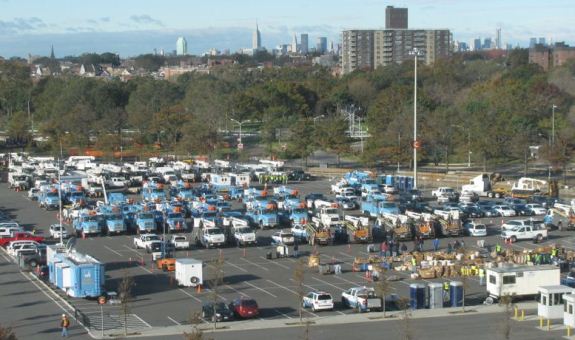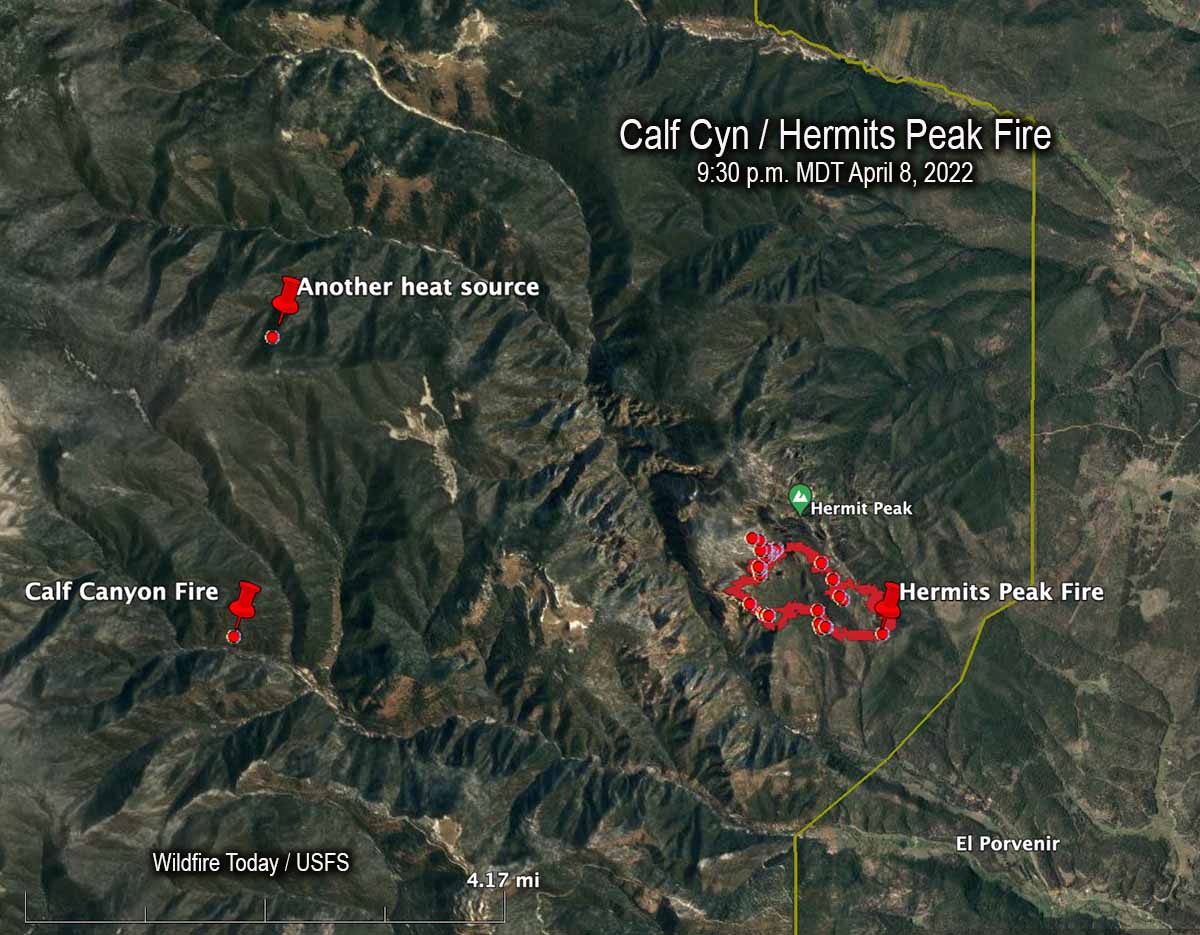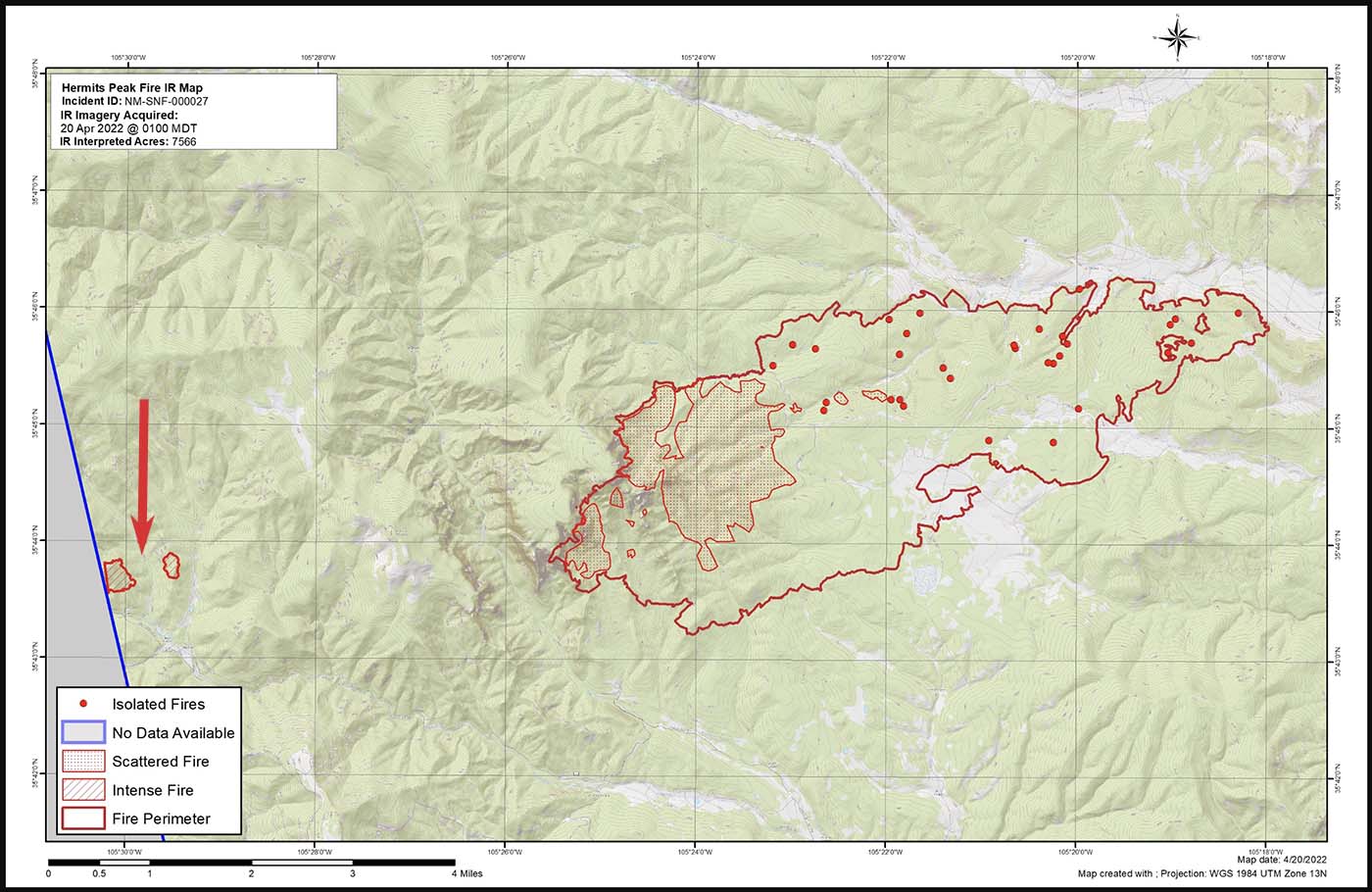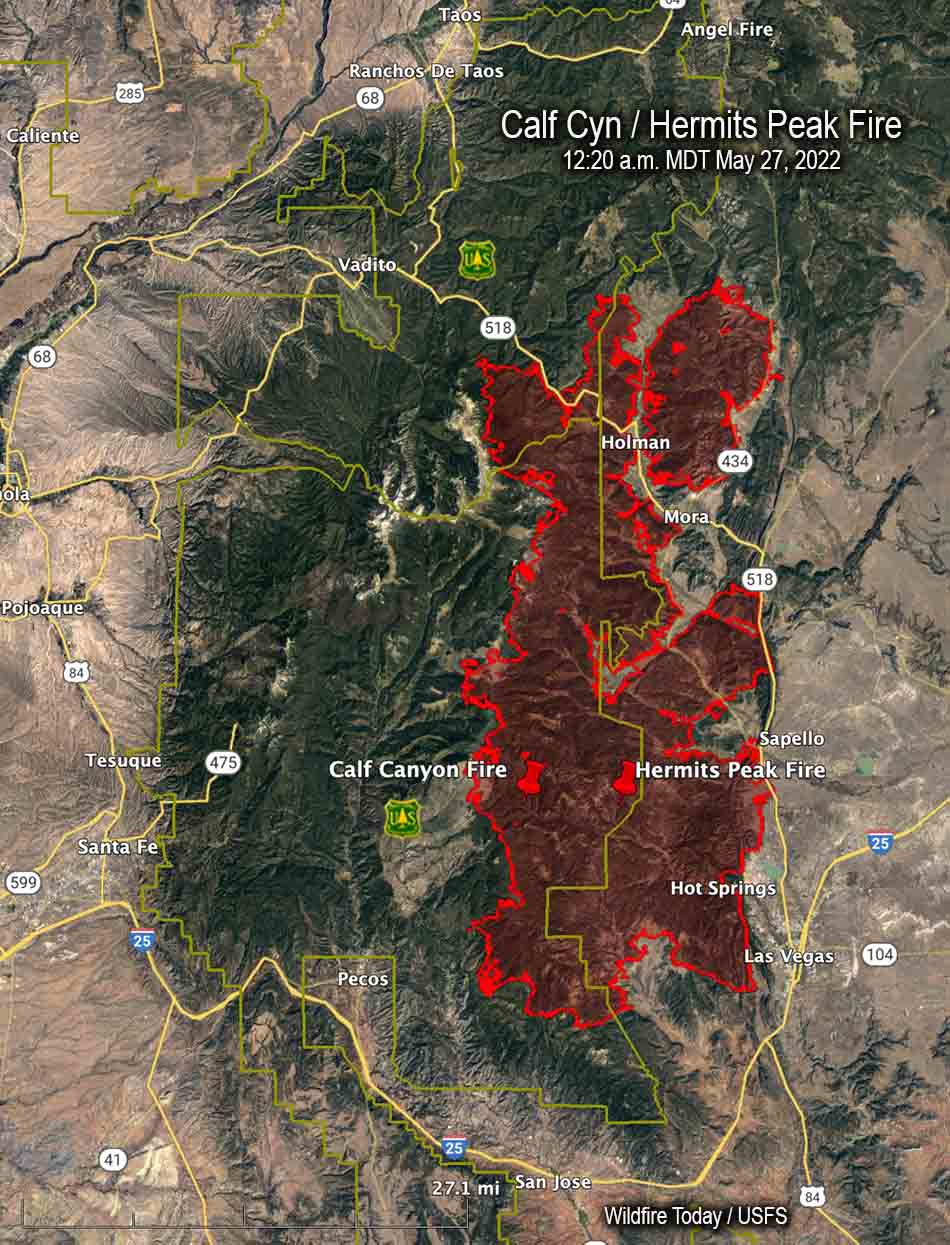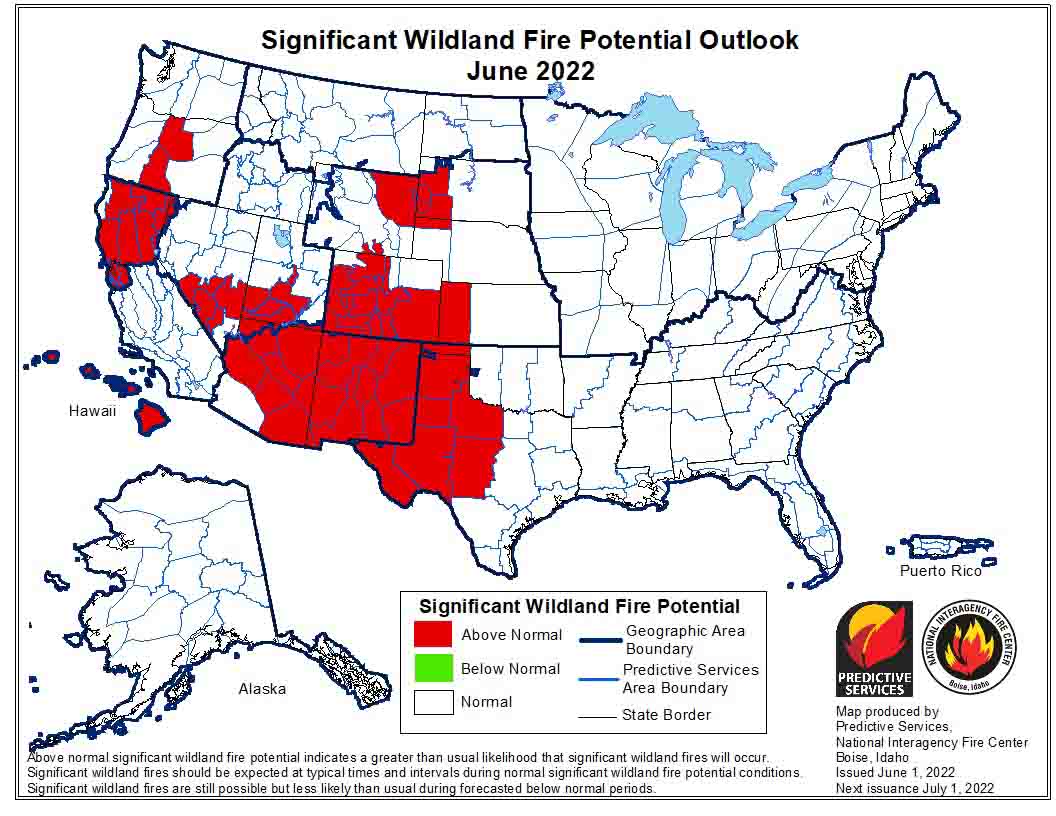
The forecast for wildland fire potential issued June 1 by the National Interagency Fire Center predicts that the potential for wildfires will increase to higher than “normal” this summer in Northern California, the Plains states, and Northern Rockies.
The U.S. Drought Monitor reported May 24 that in California “snow cover is virtually non-existent below 8,000 feet; peak flow through area rivers and inflow into the reservoirs has already occurred or will occur soon, weeks ahead of normal; and applications for grants for well drilling, purchasing tanks, and bottled water recipients are increasing.” According to its most recent weekly report, 76 percent of land in the western United States is in severe drought or worse, up from 72 percent at the same time last year.
NOAA reported that the period from January to April was the driest on record in California. The Southwest region, which includes Arizona, New Mexico, Utah, and Colorado, experienced its driest period on record from May 2020 to April 2022.
The fire potential text and maps from NIFC shown here represent the cumulative forecasts of the ten Geographic Area Predictive Services Units and the National Predictive Services Unit. Additional graphics are included from other sources.
Below:
- Excerpts from the NIFC narrative report for the next four months;
- Additional NIFC monthly graphical outlooks;
- NOAA’s three-month temperature and precipitation forecasts;
- Drought Monitor;
- Keetch-Byram Drought Index;
- Soil moisture.
“Most of the West, Plains, and Texas remain in drought, with areas of drought in the Southeast and Hawai’i. Temperatures were above normal across the Southwest, Texas, and east of the Mississippi River, with below normal temperatures across much of the northern Intermountain West. Little snow remains across California and the southern Rockies, but snowpack in Washington and the northern Rockies is above normal for the end of May due to cool, moist storms thus far this spring.
“Climate outlooks indicate below normal precipitation is likely across much of the Plains through the central Rockies to the Northwest, with above normal temperatures likely across most of the contiguous US (CONUS) through summer. Critically windy and dry periods are likely to continue through mid-June for the Southwest and southern Great Basin. The North American Monsoon is likely to arrive on time and be robust this summer, but potential early moisture surges during June could result in periods of lightning across the Southwest, Colorado, and the southern Great Basin.
“Above normal significant fire potential is forecast for the southern High Plains through September, spreading across much of the Plains by August into September. Drier than normal conditions forecast in summer may lead to above normal potential developing across the western Mid to Upper Mississippi Valley in July and August.
“Most of the Southwest, southern Great Basin, and southern Colorado is forecast to have above normal significant fire potential in June, before returning to normal in July. Above normal significant fire potential is forecast across northern California and the lee sides of the Hawai’ian Islands through September, with above normal potential spreading into the southern Sierra and Coast Ranges of southern California in August and September. Above normal potential for central Oregon in June will expand across most of the Northwest by August, with above normal potential remaining in the Cascades and western Oregon in September. Central and eastern Montana east of the Continental Divide and much of Wyoming are forecast to have above normal potential July through September as well. Portions of southern and eastern Idaho are also forecast to increase to above normal potential in August and September.”
